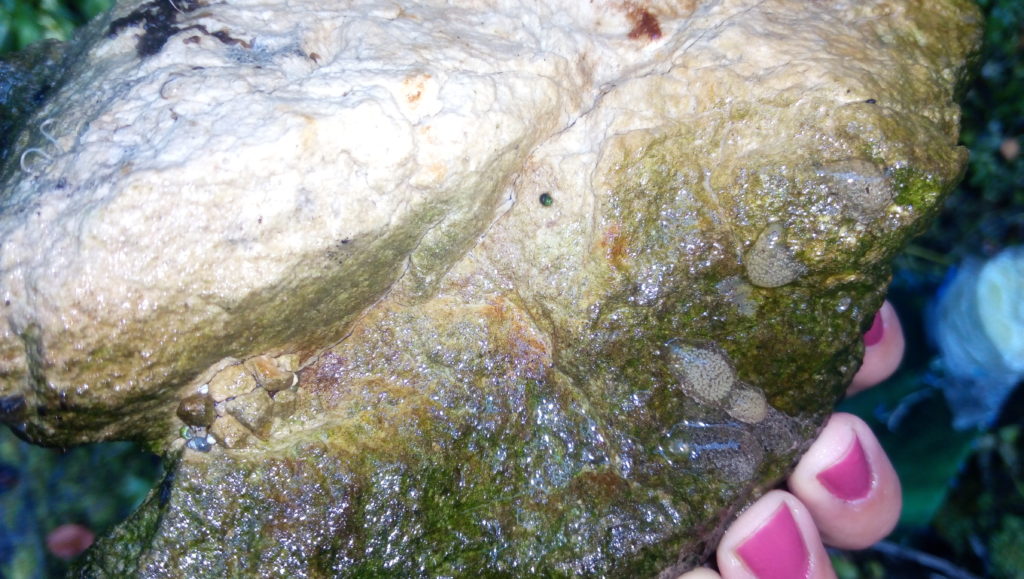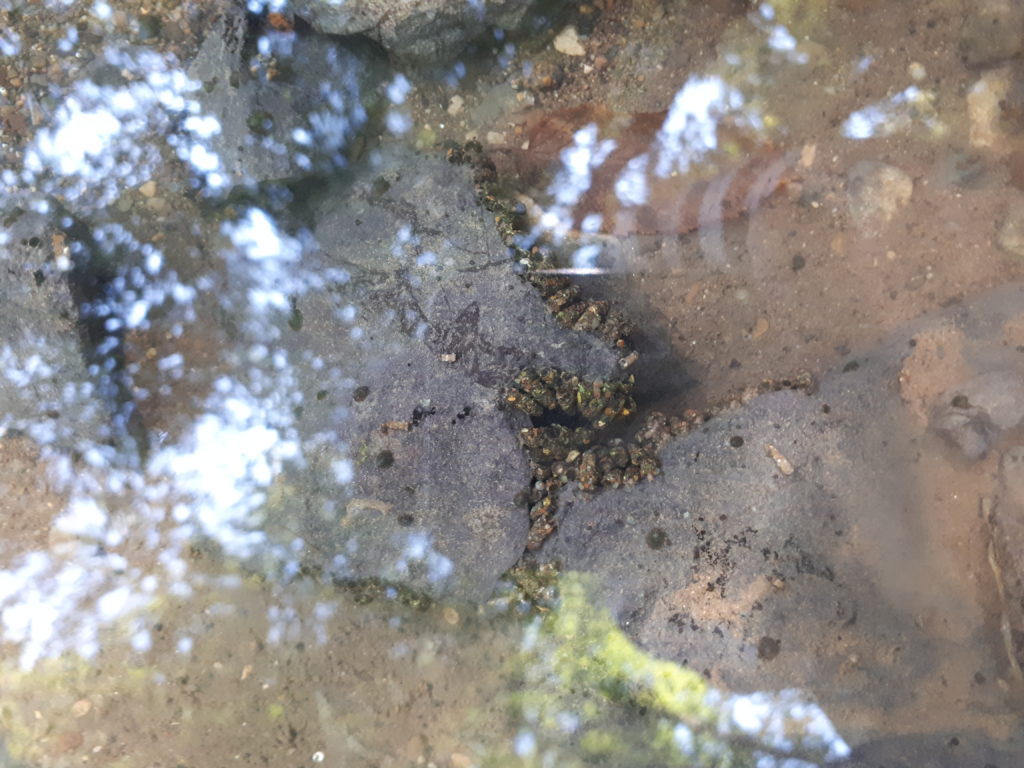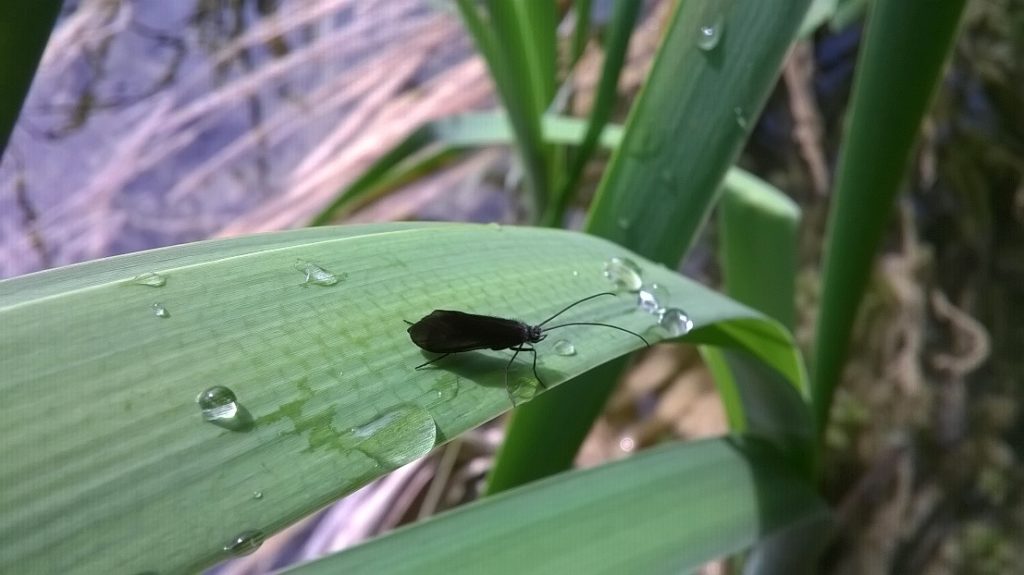The great richness of aquatic habitats of in the Plitvice Lakes National Park is the foundation of the great diversity of fauna in the Park’s aquatic ecosystems. One specific group of aquatic insects that are extremely diverse and rich in species deserves to be mentioned here. The caddisflies (i.e. order Trichoptera) stands out for its richness of species, with as many as 90 species inhabiting this area (there are about 220 species in Croatia). Different species find their habitat in different water bodies. Some stay in the areas around sources of water bodies, whereas some reside in streams, rapids, tufa barriers or still lakes.
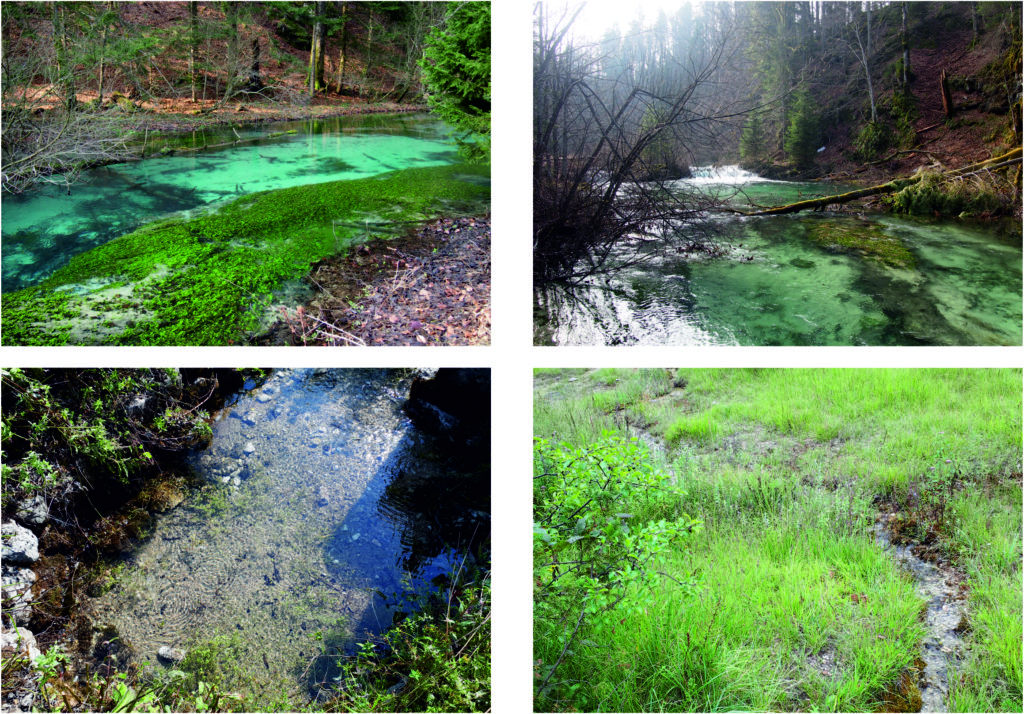
Their name is derived from the Greek word for hair (trichos = hair), and refers to the fact that the wings of the imago are covered in tiny hairs.
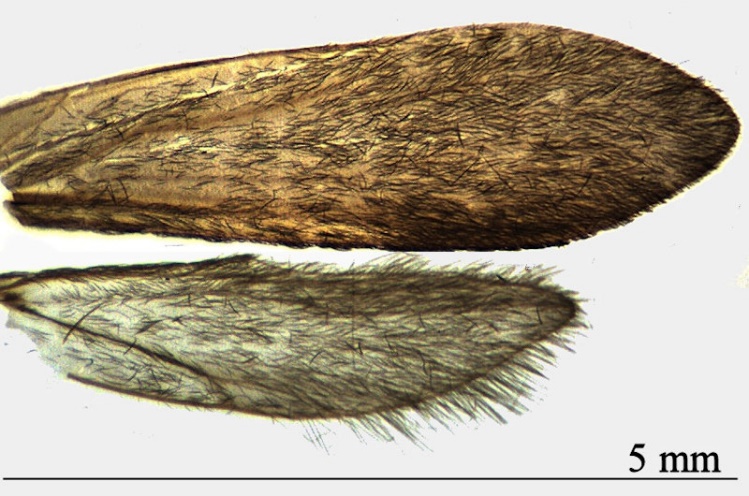
Their larvae live and feed in water. They are an important link in the food chain of aquatic ecosystems, and, because of the fact that their adult forms (imago) are terrestrial, they are also an important link between terrestrial and aquatic ecosystems. Their portable cases, built from available materials such as small stones, pieces of plants and dead wood, serve as shelter, and are quite reliable when determining species. There are also free-living species, that do not make use of cases, and they are mostly predators.
It is interesting to mention the genus Drusus, which inhabits mountain springs, and due to the isolation of their habitat, there are many endemic taxa. The Plitvice Lakes National Park is the locus typicus of the species Drusus croaticus, meaning that it is the location where the species was first identified and described.
The endemic subspecies Rhyacophila dorsalis plitvicensis has also been described in the Park area, more specifically in the area of still lakes.
The life cycle, in which the egg, larva and pupa live in water, and the adult stage is terrestrial, makes them extremely sensitive to changes in nature, whether a climatic change, a change in the water regime, pollution, etc. That is why their presence and species representation are used as indicators of habitat conservation, and living organisms themselves as bioindicators.
Today, springs and small mountain streams are extremely endangered as habitats. They are threatened by pollution, over-intensive exploitation, but also by the fact that the climate is changing and that there is less and less snow, which is the main source of water in the underground reservoirs from which all sources of water bodies are fed. A good indicator of the condition of these types of habitats are precisely the small creatures that inhabit them, and among them, especially caddisflies and other groups of aquatic insects. By monitoring their condition, we get a picture of the condition and quality of water as well, which is extremely important for humans, because clean drinking water is a necessary resource and the right of every individual. This is exactly why it is important for us to monitor these creatures and learn about them, so that we can react in time, if there is still time at all.

